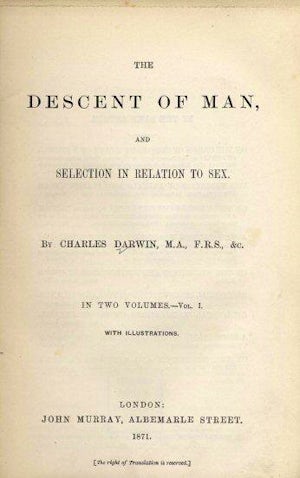July 25, 1978. Louise Brown, the first person to be conceived via in vitro fertilization (IVF), is born in Oldham, Greater Manchester. IVF is a series of complex techniques, in which mature eggs are collected from the ovaries of a woman (known as oocytes). These oocytes are then placed in a culture medium, and fertilized by sperm within a lab (Cohen, 1979). After many days, as the fertilized oocyte develops, it is transplanted into the woman's uterus, where implantation will hopefully occur (Cohen, 1979).
The technique was developed by Dr. Robert Edwards and Dr. Patrick Steptoe, who in 1969, succeeded in fertilizing the human egg outside the body. IVF is commonly used now to treat infertility or genetic problems in conception.
In 2010, Edwards won the Nobel Prize for physiology or medicine for the development of IVF. IVF can be used for preimplantation genetic diagnosis, which enables potential parents to screen for or against particular traits.
-Erna Kurbegovic, Colette Leung, and Amy Dyrbye
Cohen, M. (n.d.). The “Brave New Baby” and the Law: Fashioning Remedies for the victims of In Vitro Fertilization. American Journal of Law and Medicine, 4, 319-336.
Jones, Sam. (2013). IVF pioneer Robert Edwards dies aged 87. The Guardian. Retrieved from http://www.theguardian.com/science/2013/apr/10/ivf-pioneer-robert-edwards-dies.
 1869:
Galton publishes Hereditary Genius
1869:
Galton publishes Hereditary Genius
 1871:
Charles Darwin publishes The Descent of Man
1871:
Charles Darwin publishes The Descent of Man